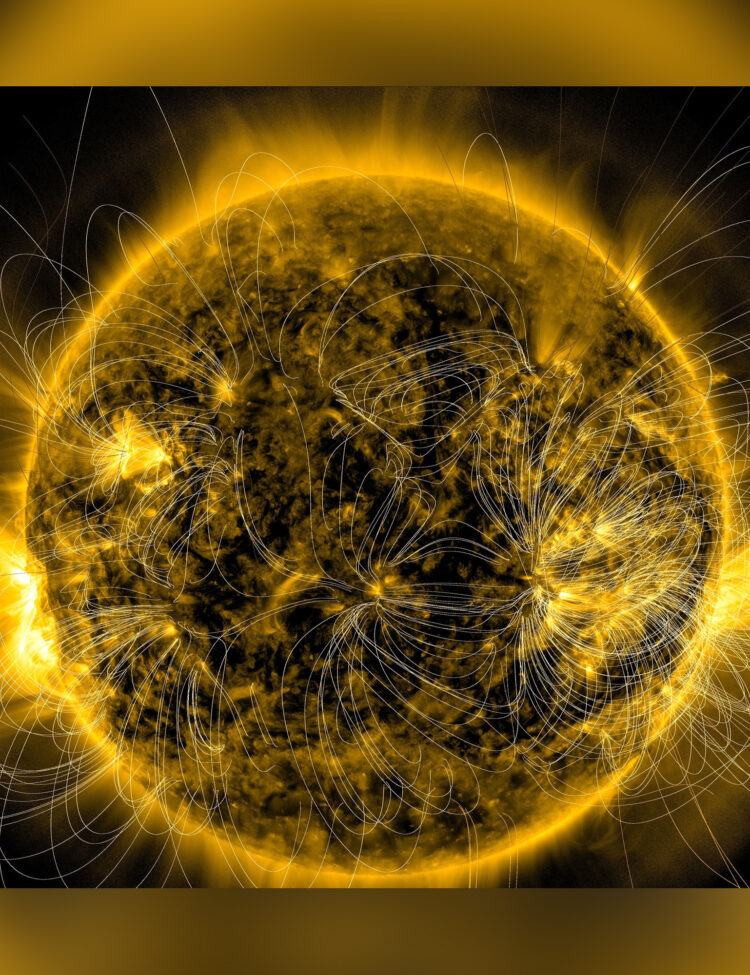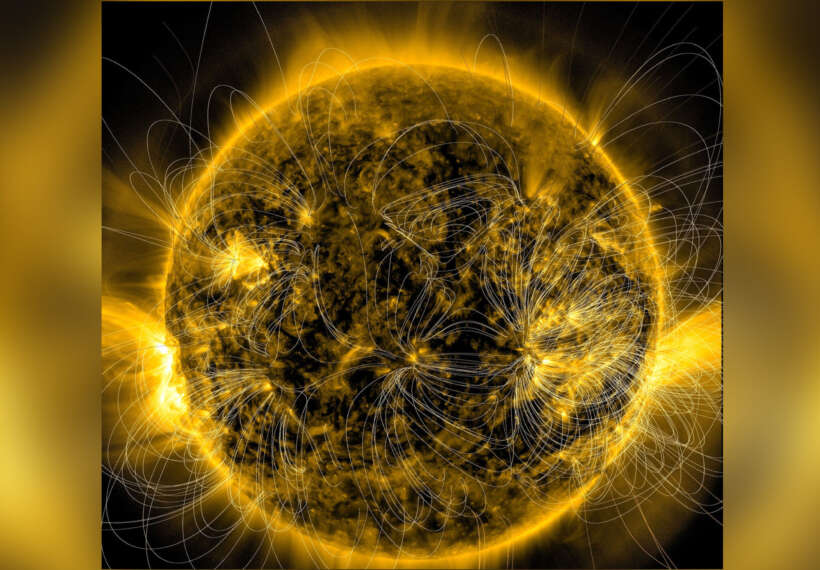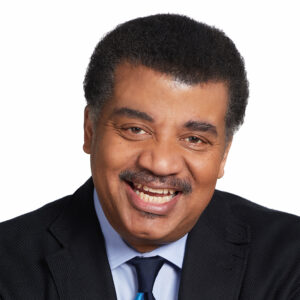About This Episode
Is your compass actually wrong? Neil deGrasse Tyson and comedian Chuck Nice explore magnetic fields, why clocks go clockwise, and how our phone number got their area codes.
Find out why your compass isn’t pointing to the north pole and why magnetic north is always changing. Learn about the dynamo that creates our magnetic field and how it doesn’t necessarily align with geography. We explore other magnetic fields in the universe and how pulsars work. What happens when Earth’s magnetic field flips? What about the magnetic field on the sun?
Why do clocks go clockwise? Ponder with us about the way we tell our time. We think about time geometrically and the history of timekeeping with sundials. What if timekeeping had been invented in the Southern Hemisphere? Plus, we discuss precision, synchronization, and chronometers on boats.
How did we get area codes for our phone numbers? Discover how early area codes were determined and the underlying logic. How did major cities get their area codes? Neil has fun with phones, explains what it was like to use a rotary phone, and explores how the ingenuity of the past still has traces in the present.
Thanks to our Patrons Ed B, Thomas Skov, Kelly Castro, tasos, Doug Dee, and Antonio Gutiérrez Pérez for supporting us this week.
NOTE: StarTalk+ Patrons can watch or listen to this entire episode commercial-free.




 Unlock with Patreon
Unlock with Patreon

 Become a Patron
Become a Patron